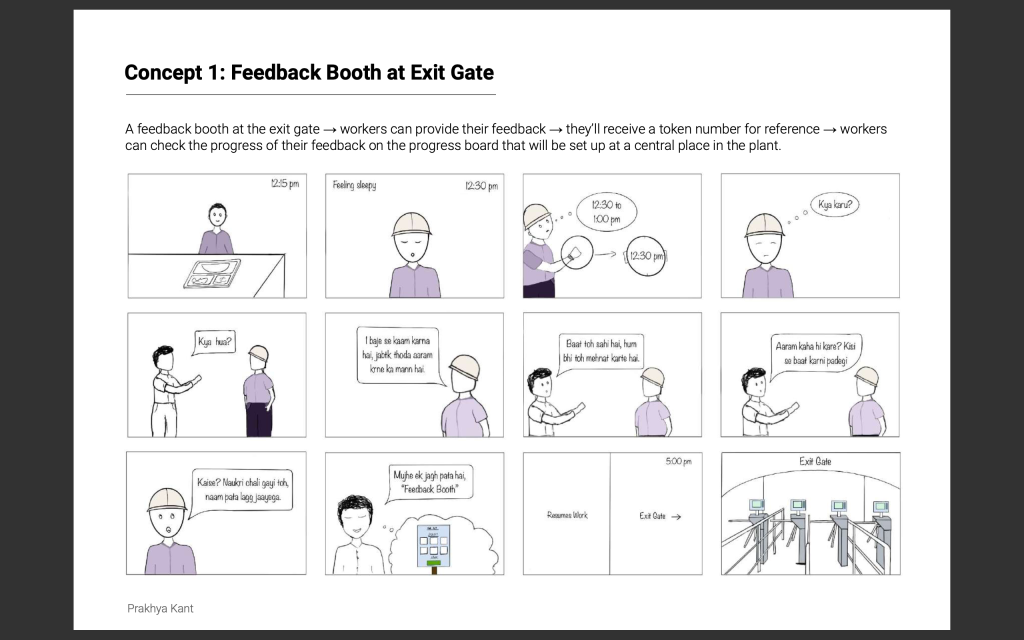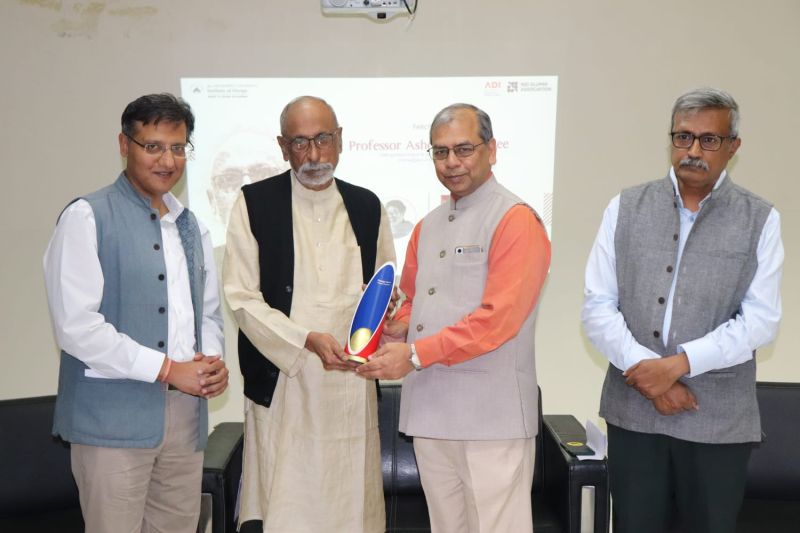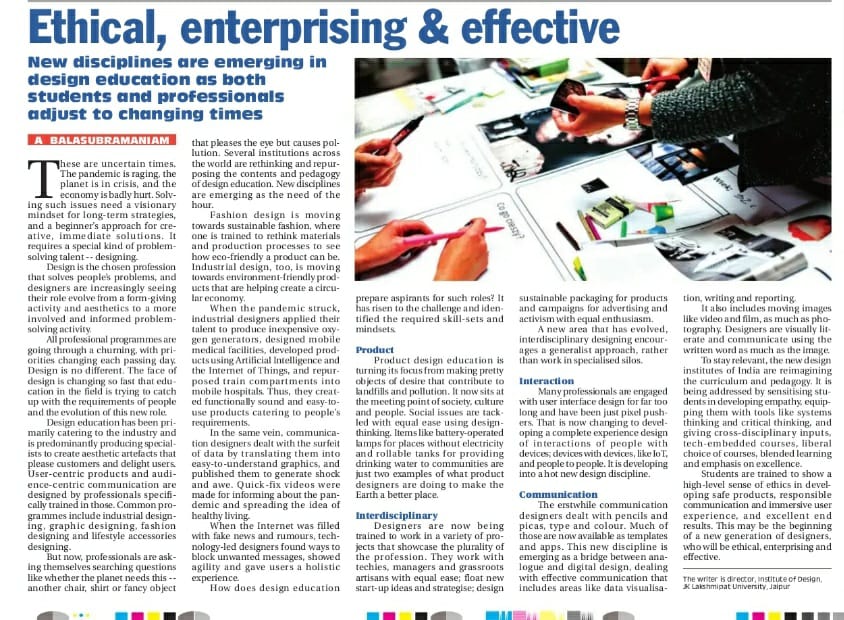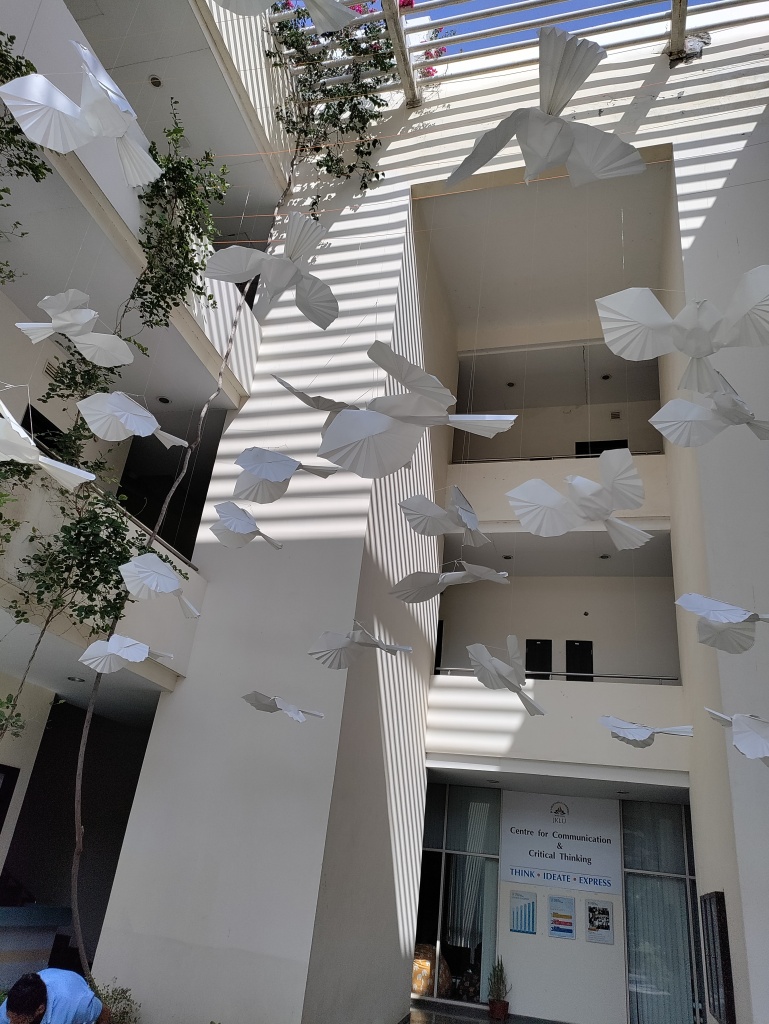The first batch of students at JKLU’s Institute of Design have graduated. They would be given their certificates in their first ever convocation on 23rd Nov at the JKLU campus at Jaipur. 20 hand-picked students just out of school joined JKLU’s design school that was just starting off. But JKLU ‘s reputation for providing an honest education with a new current curriculum, that is fresh and robust had travelled through the grapevine, by word of mouth. Otherwise, how do you explain 20 students from as far flung places like Kalyani and Rajnandgaon place their faith on a brand new institute at Jaipur?
While most of them have taken up full time jobs, most employers have just begun to see that the quality of graduates are different from any of the other schools. What is different about our graduates? Many things.
Our graduates are critical thinkers.
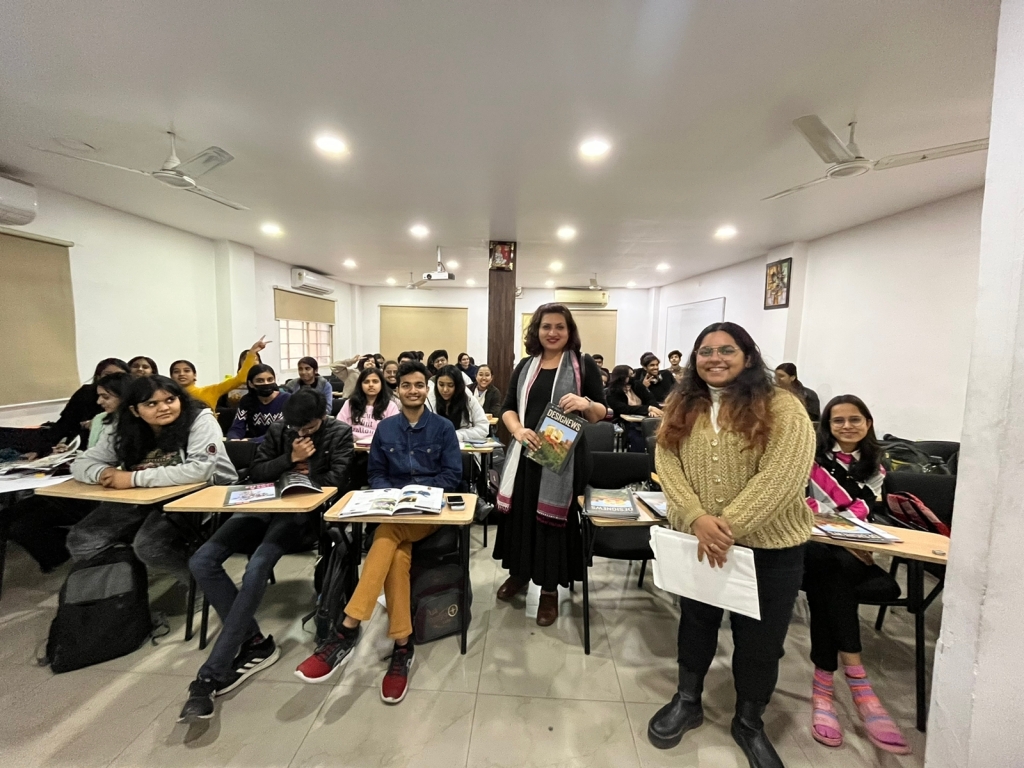
No university gives Communication and critical thinking inputs to all their design students, amounting to 6 credits. Three years of continuous inputs, make them sensible, sensitive, discerning designers! Our Centre for Communication and Critical thinking prepares our students for the big bad world. And they become experts in applying Systems thinking to projects that go beyond making pretty products and graphics.
Our graduates are empathetic.
When confronted with a situation, our graduates are quick to understand the user and their ways of using products and systems. This is well illustrated by projects done in the area of visually impaired, products and apps for the elderly for medications, safe toys for children and sustainable solutions for packaging. They understand people.

Our graduates are versatile.
Do you go to a product designer for design and engineer for production? Do you like traditional printing systems but love contemporary design? Do you have to explain back-end and front-end in two different ways to an engineer and a designer. Not any more, with classes shared with the students in Technology and Management schools, students understand dealing with the unknown. The inter-disciplinary courses help different professionals to understand each other.

They are fresh, but experienced.
True. Our graduates have gone through 6 to 8 weeks of intense internship in an industry or a design firm at the end of 6th semester. They worked on a systems design project for 10. weeks on site for an industry spread over three locations in the country to prescribe solutions for niggling problems. Following that a 4 to 6 months of a graduation project, where they work almost independently on a real life project. Besides , some work on their own and design projects for clients. They come with fresh ideas but also with real life experience.

How many designers do you go to?
You get your product designed by a product designer and packaging by a packaging designer, graphics by a graphic designer and a website by a web designer. Or you come to JKLu’s Interdisciplinary designers, from the first and the only truly interdisciplinary design programme. Our students have done documentation of history, branding for a start up, exhibition for jewellery brand, showrooms for a store and super graphics for a space. Can you beat that?

Not just pencils, pixels too.
We respect and worship the analog. Hand drawn type design, hand bound publication, are some of the projects done by our Integrated communication design students. They also work on shooting, editing and presenting videos for communication, design fonts on a software and develop online publication. ” Integrated” , the pencil with the pixel, the analog with the digital.
Everyone’s invited
Come visit our campus. Feel the energy. Meet our students. You will be pleasantly surprised. Want a good designer? Look no further. Or else demand this from the other schools as well. It is the only way for design to go.




















